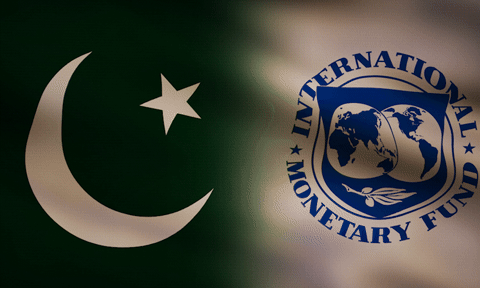The Exploration and Production (E&P) sector is the foundation of Pakistan’s oil and gas value chain, driving the performance of midstream refineries and downstream distribution networks.
However, for several years, this critical sector has struggled under the weight of systemic issues, including delayed payments, circular debt, import restrictions, and policy bottlenecks. The year 2024 has brought both signs of revival and significant challenges, offering a mixed scorecard for the sector’s performance.
For decades, the E&P sector in Pakistan has been ensnared in a vicious cycle of circular debt, with receivables from gas distribution and power companies piling up. By mid-2024, Pakistan’s circular debt ballooned to Rs5.73 trillion, with the petroleum sector accounting for Rs3.02 trillion. This cycle drained liquidity from E&P companies, impairing their ability to maintain routine operations.
Yet, this year saw a critical turning point as partial reforms targeting the energy sector began to show results. Timely gas price determinations allowed E&P companies to collect overdue payments, improving their liquidity and financial stability. Recovery ratios surged past 100% in recent quarters, a notable improvement over the five-year average of 50–60%, restoring some much-needed confidence in the industry.
Adding to these financial woes were operational challenges stemming from restrictions on imports. The State Bank of Pakistan (SBP) had imposed strict controls on foreign exchange outflows to conserve dwindling reserves. This left E&P companies unable to procure the equipment and supplies critical for drilling and maintenance operations.
For foreign players, the situation was even more dire, as they were unable to repatriate their profits to parent companies. Although the central bank eased some of these restrictions in early 2024 following improvements in the fiscal deficit, the damage to investor trust and operational efficiency will take time to heal.
The departure of Kuwait Foreign Petroleum Exploration Company (KUFPEC) from Pakistan during the year epitomized the challenges foreign investors face in the sector. Selling its assets to the local Pakistan Exploration Limited (PEL), KUFPEC’s exit marked a significant loss for Pakistan.
While the acquisition by a local company reflected the growing maturity and capacity of domestic firms, the exit of an established foreign player signaled a lack of confidence in Pakistan’s regulatory and operational environment. This was not merely a business decision; it was a reflection of a broader trend where foreign investors are increasingly cautious about committing to the Pakistani energy market.
At the same time, inefficiencies in the gas sector further complicated matters. The absence of a Weighted Average Cost of Gas (WACOG) mechanism continued to distort the energy mix. Imported LNG, procured on expensive take-or-pay contracts, was underutilized as LNG power plants ranked low on the merit order.
This led to a surplus of LNG, forcing the government to reduce the intake of cheaper, locally produced gas from E&P companies. This mismatch not only hurt upstream companies but also exacerbated inefficiencies in the overall energy value chain, undermining the health of the gas production and distribution system.
Delays in implementing the long-awaited brownfield refinery policy compounded the sector’s struggles. The policy, aimed at modernizing and expanding refining capacity, remained stuck in official wrangling on policy choices. Without the necessary upgrades, Pakistan’s refineries continue to operate below optimal capacity, unable to efficiently process the hydrocarbons produced by E&P companies. This bottleneck has not only constrained domestic oil and gas production but has also hindered the country’s energy self-reliance.
Despite these hurdles, the year 2024 also brought reasons for cautious optimism. Share prices of major E&P companies like OGDCL and PPL surged as reforms began to improve revenue flows and liquidity.
The sector rallied by 35%, reflecting renewed investor confidence. Operational activities picked up pace, with new exploratory projects launched after years of stagnation. Moreover, the easing of foreign exchange restrictions allowed foreign companies to repatriate some profits, though not enough to fully restore confidence.
The departure of KUFPEC serves as a wake-up call for policymakers. While local companies like PEL stepping up is a positive sign, Pakistan cannot afford to alienate foreign investors. The sector’s revival hinges on a multifaceted strategy that includes simplifying profit repatriation processes, implementing WACOG to optimize gas utilization, accelerating refinery upgrades, and addressing the chronic circular debt issue.
As 2024 draws to a close, the E&P sector stands at a crossroads. It has shown resilience and potential for recovery, but systemic inefficiencies and investor concerns remain significant roadblocks.
Whether Pakistan can leverage the gains made this year to build a more stable and attractive investment climate will determine the sector’s trajectory in the years to come. Without sustained reforms, the progress of 2024 may prove fleeting, leaving the backbone of Pakistan’s energy industry vulnerable to collapse.
Copyright Business Recorder, 2025
The writer is a civil servant with deep interest in the oil, gas and climate change issues





















Comments
Comments are closed.